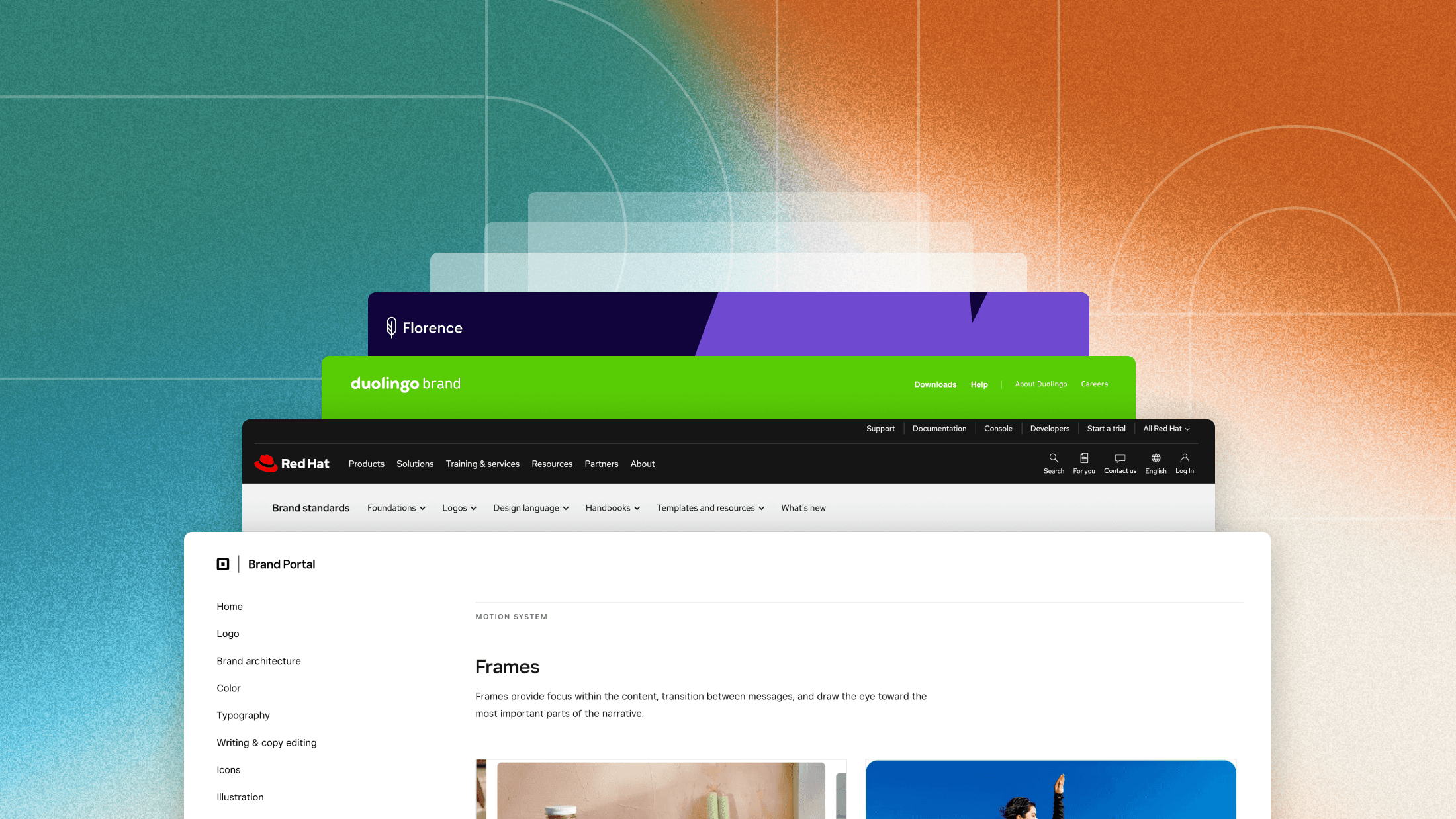Online brand guidelines have changed the game. They’re dynamic, easy to update, and accessible to anyone who needs them. In this article, I’ll share 20 outstanding examples of online brand guidelines that are not only beautifully crafted but also practical tools for teams to use every day.
Why online brand guidelines matter
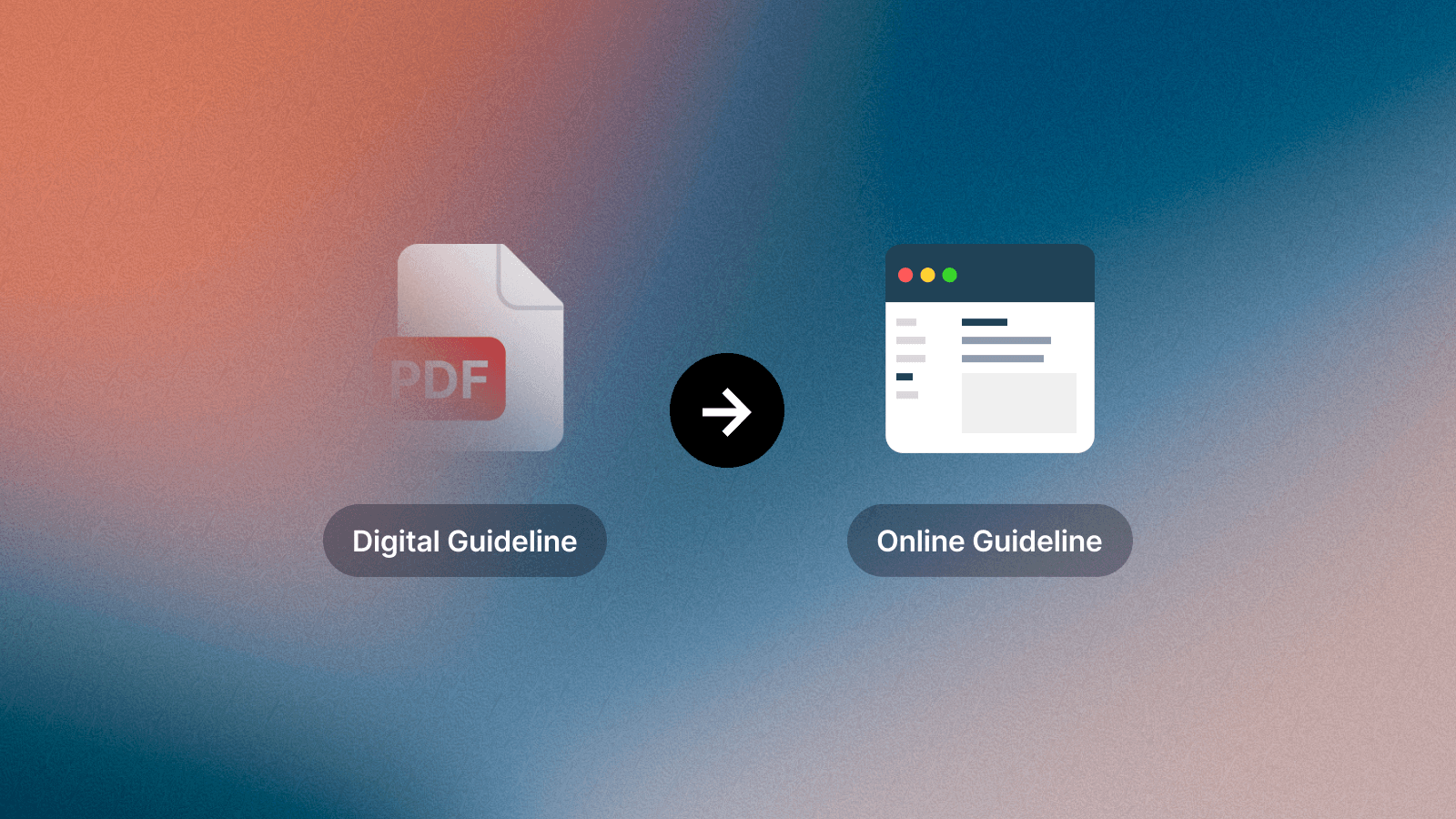
Keeping up in a digital-first world
Brands today exist across multiple digital touchpoints—websites, social media, apps, and beyond. To maintain a consistent look, feel, and voice, teams need a centralized, accessible set of brand guidelines. Online brand guidelines provide a living framework for visuals, messaging, and tone, ensuring your brand remains cohesive no matter where it appears.
Smoother collaboration, less chaos
Branding isn’t a solo effort—it involves designers, marketers, developers, and external partners. Instead of digging through emails or outdated PDFs, online brand guidelines keep everything organized, shareable, and always up to date. Teams can access the latest assets, rules, and updates in real-time, reducing miscommunication and ensuring everyone is working from the same playbook.
The rise of motion-led branding
Static brand guidelines no longer capture the full identity of modern brands. With digital experiences becoming more dynamic, motion design plays a crucial role in shaping brand perception. From UI transitions to animated logos and micro-interactions, motion reinforces personality and enhances user experience. Online brand guidelines allow teams to define and preview these motion elements in a way traditional PDFs simply can’t—ensuring consistency across all interactive touchpoints.
Learning from the best
Some brands have taken online brand guidelines to the next level, setting new standards for accessibility, interactivity, and motion design. In the next section, we’ll explore five standout examples that showcase how brands are using digital guidelines to create seamless, future-proof brand experiences.
5 online brand guidelines that set the standard
Dropbox
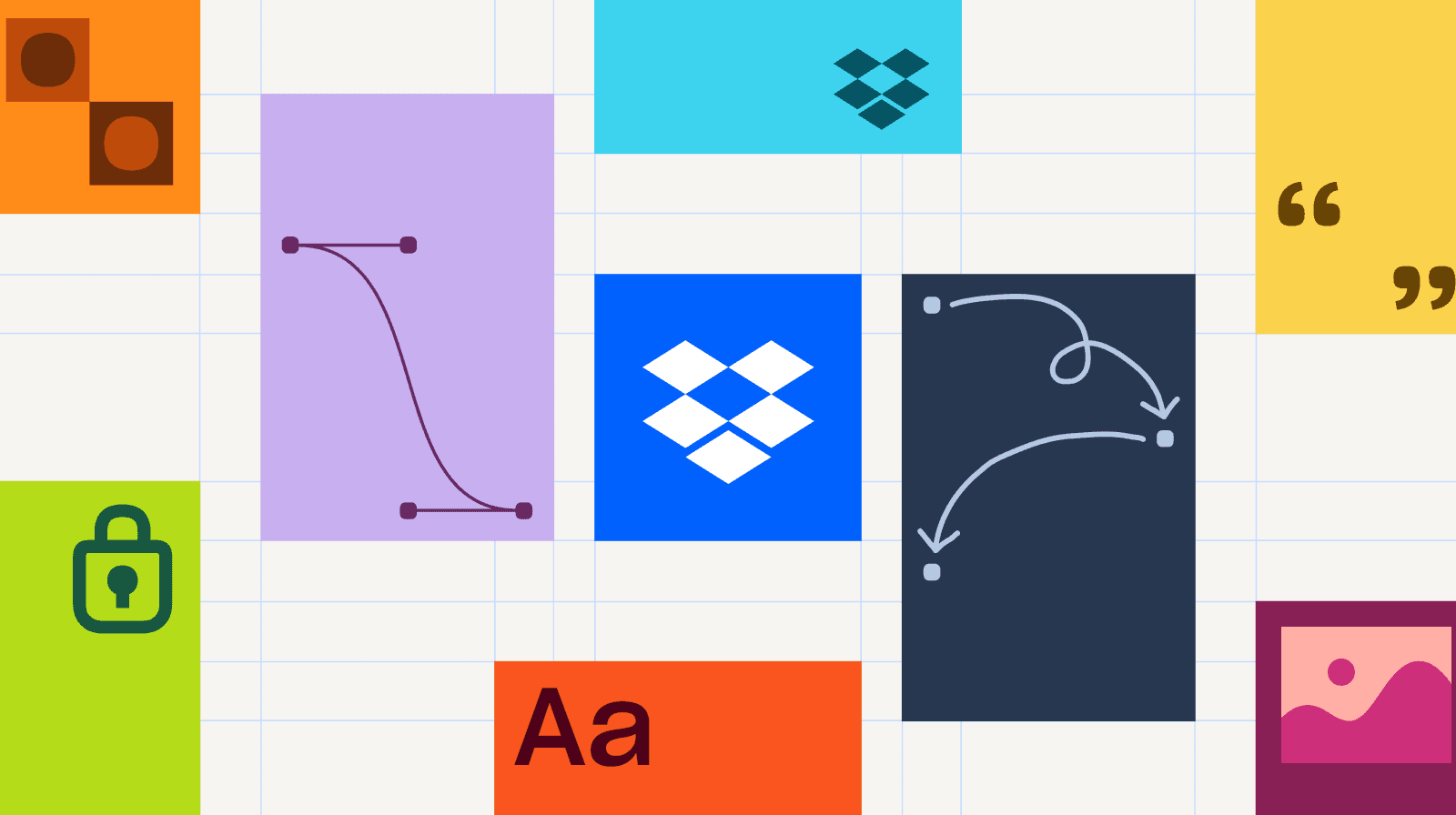
Visit Dropbox Brand Guidelines
Why we Love It:
Dropbox’s online brand guideline is one of the most interactive and beautifully crafted examples out there. Every section feels intentional, guiding users through the brand’s identity in a way that’s both educational and engaging.
Beyond just looking good, it’s incredibly functional. The guidelines don’t just show the brand elements—they teach you how to use them correctly. From color and typography to layout principles, everything is broken down with clarity, making it easy for teams to apply the brand consistently.
The motion section is a standout. It goes beyond simple do’s and don’ts, offering clear principles on how and where motion should be used to enhance the brand experience. Whether it’s UI transitions, animations, or brand storytelling, Dropbox sets a high standard for how motion can bring a brand to life.
Square
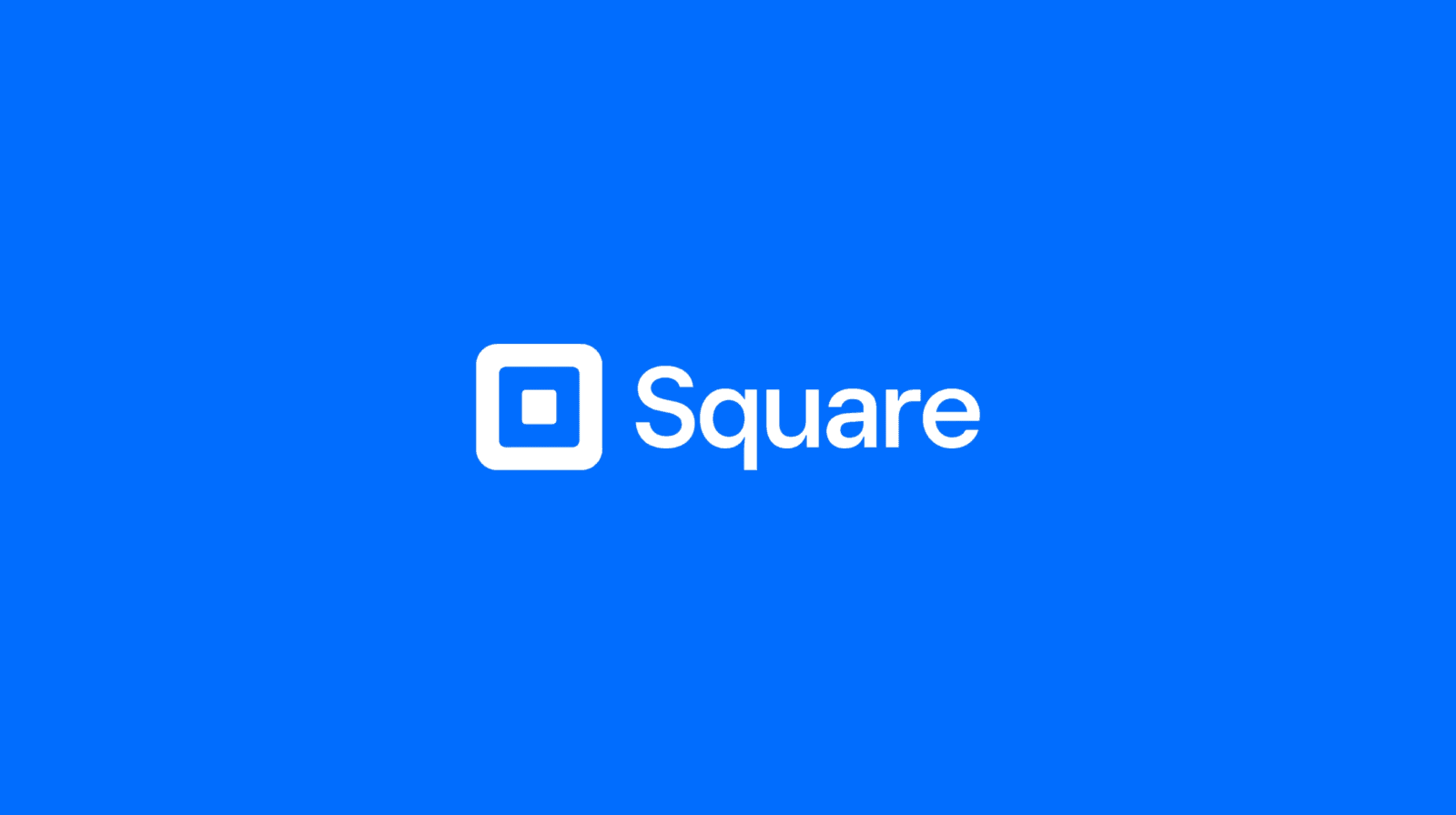
Why we Love It:
Square’s guidelines are clean, simple, and highly functional. You can quickly find what you need without getting lost in endless sections. One standout feature is the ability to share specific sections with your team, saving time and hassle. Their motion guidelines are also well-documented with interactive elements to make concepts clear.
Duolingo
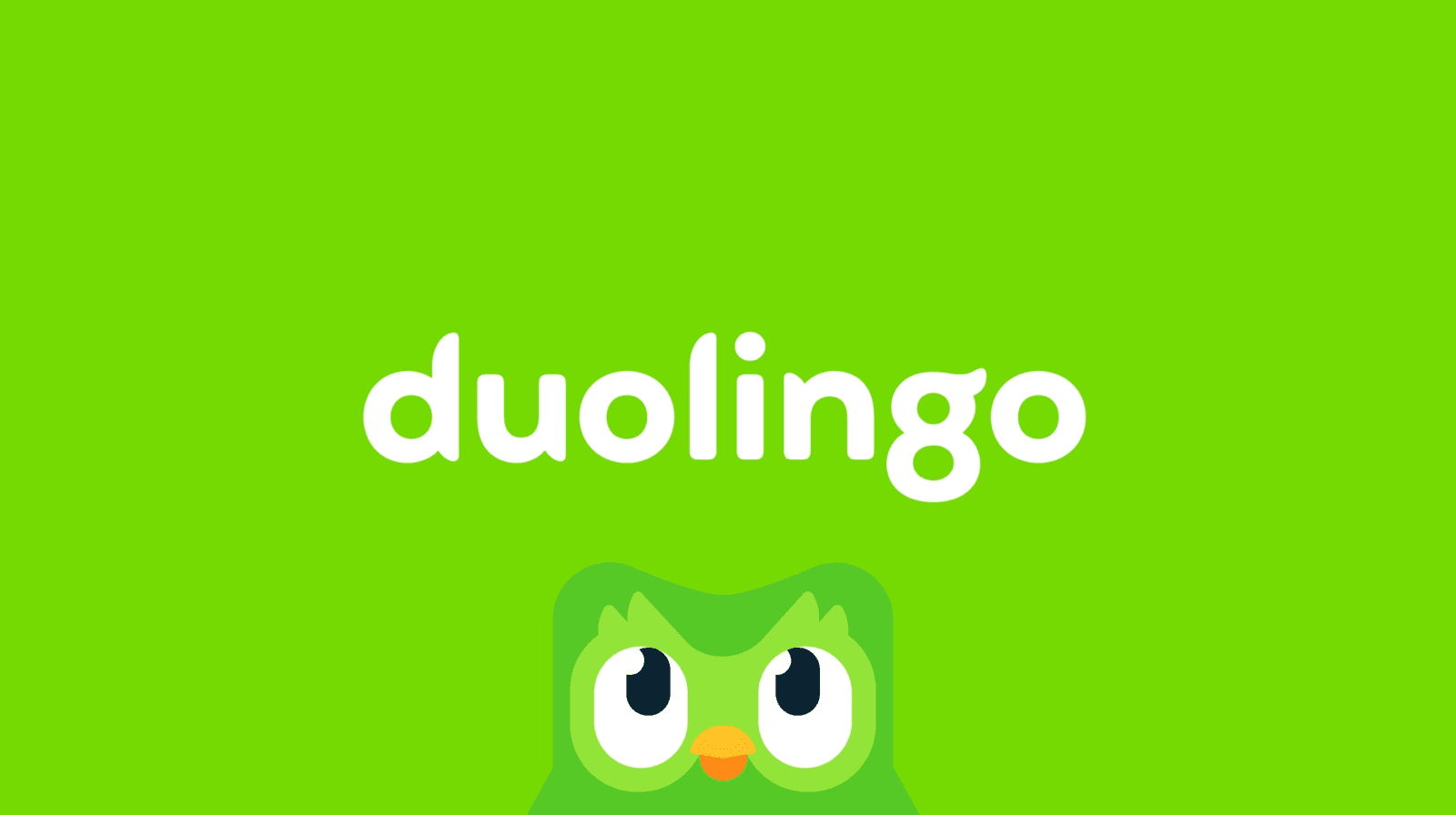
Visit Duolingo Design Guidelines
Why we Love It:
Duolingo’s personality shines through in their guidelines. They’ve done an amazing job explaining tone and writing style—two elements that are critical for a brand that thrives on humor and relatability. Their illustration rules are also crystal clear, helping teams bring their quirky characters to life.
Florence
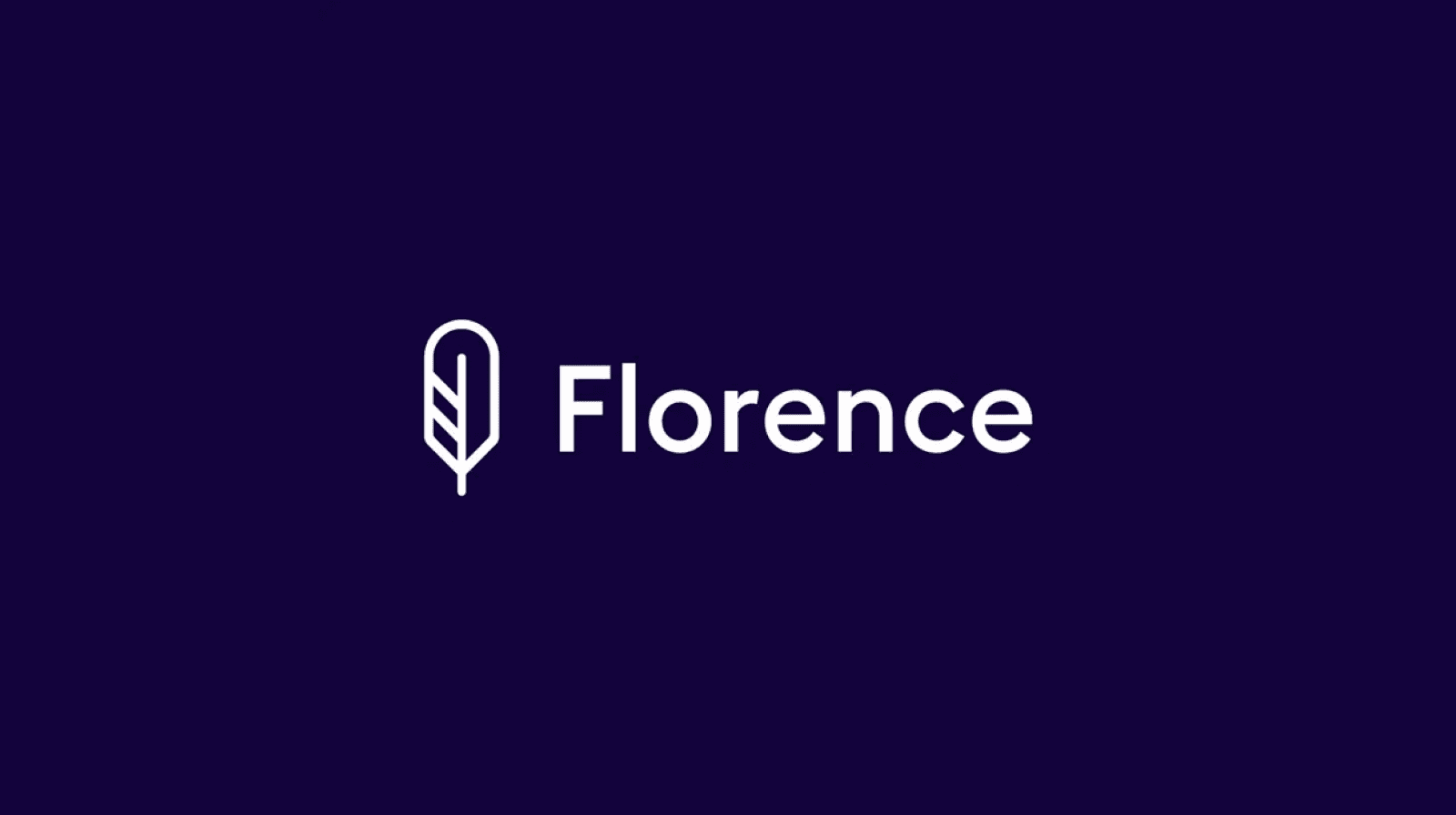
Visit Florence Brand Guidelines
Why we Love It:
Florence’s guidelines are straightforward and to the point. They include clear “Do and Don’t” examples, which we always find helpful when rolling out brand rules to a new team. Their tone of voice section is also thoughtfully designed.
Canva
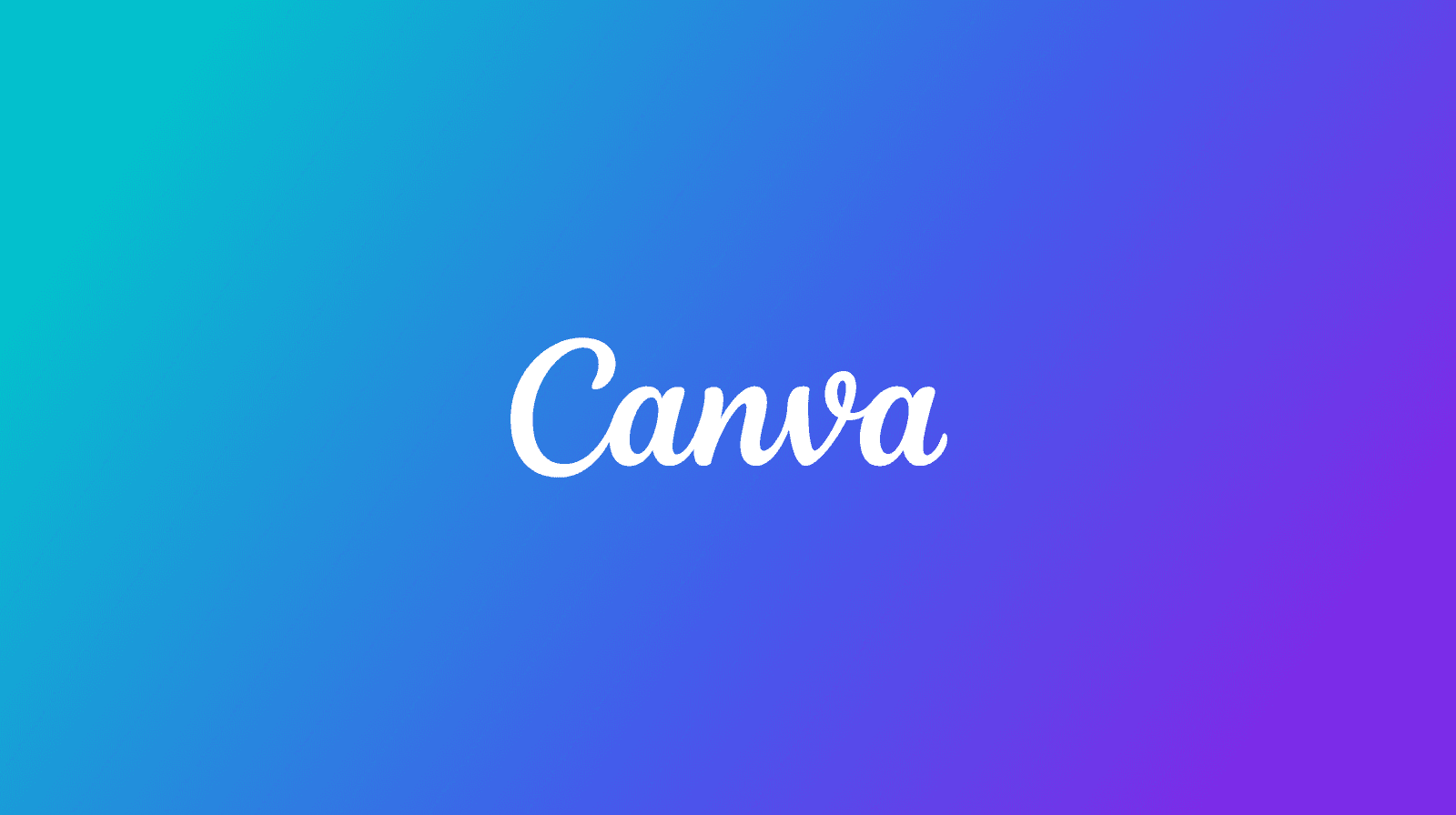
Why we Love It:
Canva’s guidelines are a blend of creativity and functionality. They’ve gone beyond the basics to include sonic branding and motion principles. Their use of animation to explain how elements should interact is brilliant.
The smarter way to manage brand guidelines from 2025
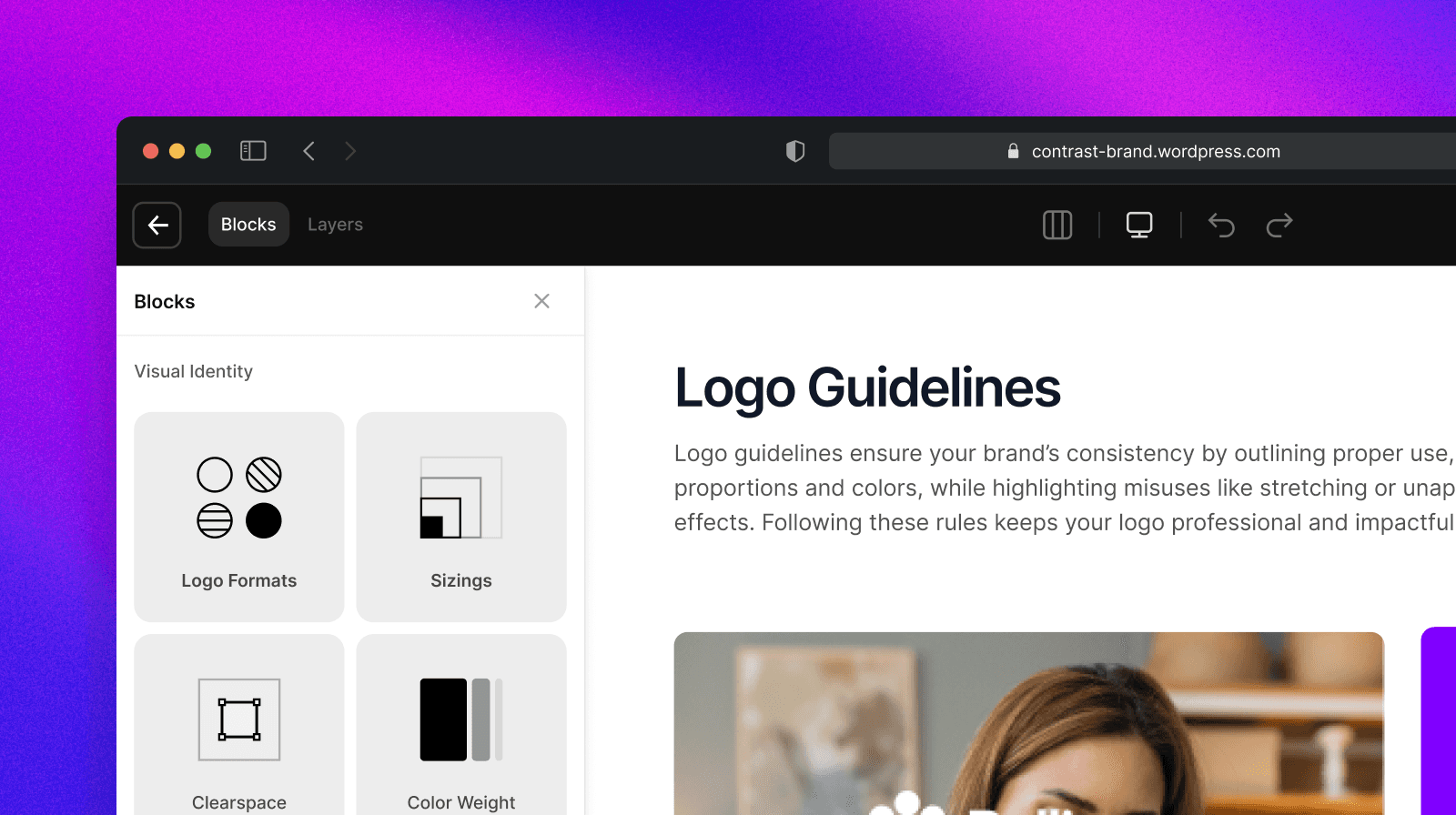
We've spent years creating brand guidelines for clients, and that experience inspired us to develop Sameness. Sameness is a tool built to simplify how teams create, manage, and share their brand guidelines online. It’s designed for creatives, marketers, and agencies who want an easy way to maintain consistency while saving time.
Key Features of Sameness:
Effortless Setup: Create online brand guidelines without needing technical expertise.
Dynamic Updates: Update guidelines in real-time to ensure everyone always has the latest version.
Customizable Access: Control who sees what with password-protected pages.
Asset Organization: Store and organize all your brand assets in one place for easy access.
Team Collaboration: Share specific sections with team members or collaborators for quick reference.
With Sameness, you can focus on building your brand while we handle the logistics of keeping it consistent.
15 other incredible online brand guidelines you need to explore
Let’s take a look at a few other brands and their online guidelines. Below are examples of how teams have crafted solutions to streamline collaboration, focus on accessibility, and even add a touch of creativity to make their guidelines stand out.
Zendesk: Interactive tools for onboarding.
Starbucks: Story-driven and community-focused.
Salesforce: Global design standards with inclusivity at the core.
IBM: Comprehensive and accessible for global teams.
Mozilla: Focuses on open-source branding principles.
QuickBooks: Balances simplicity and functionality.
Brainly: Friendly, engaging, and easy to navigate.
Bukalapak: Detailed visual and messaging guidelines.
Monday: Encourages collaboration with accessible tools.
Audi: Beautiful visuals for a luxury brand.
Deezer: Strong use of motion and interactivity.
Reddit: Clear focus on tone and community-driven content.
Klarna: Bold and modern design rules.
DevRev: Developer-first branding with a clear structure.
Mixcloud: Community-focused branding done right.
If you’re looking for real-world inspiration or want to see how leading brands structure their guidelines, our Online Brand Guideline Directory will be your go-to resource. Stay tuned for more updates as we continue to add to the collection.
Build your guidelines with the future in mind
These examples show the variety of approaches brands can take to online guidelines. From minimalism to community-driven principles, there’s no one-size-fits-all solution. The key is to craft guidelines that serve your team’s unique needs while staying true to your brand’s identity.
If you’re exploring ways to streamline your process, keep an eye on Sameness. Currently in its waitlist phase, Sameness is designed to help teams create online brand guidelines that are easy to use, update, and share. Sign up for the waitlist today, and be ready to elevate your brand consistency when it launches. Let’s keep building better brands together!
